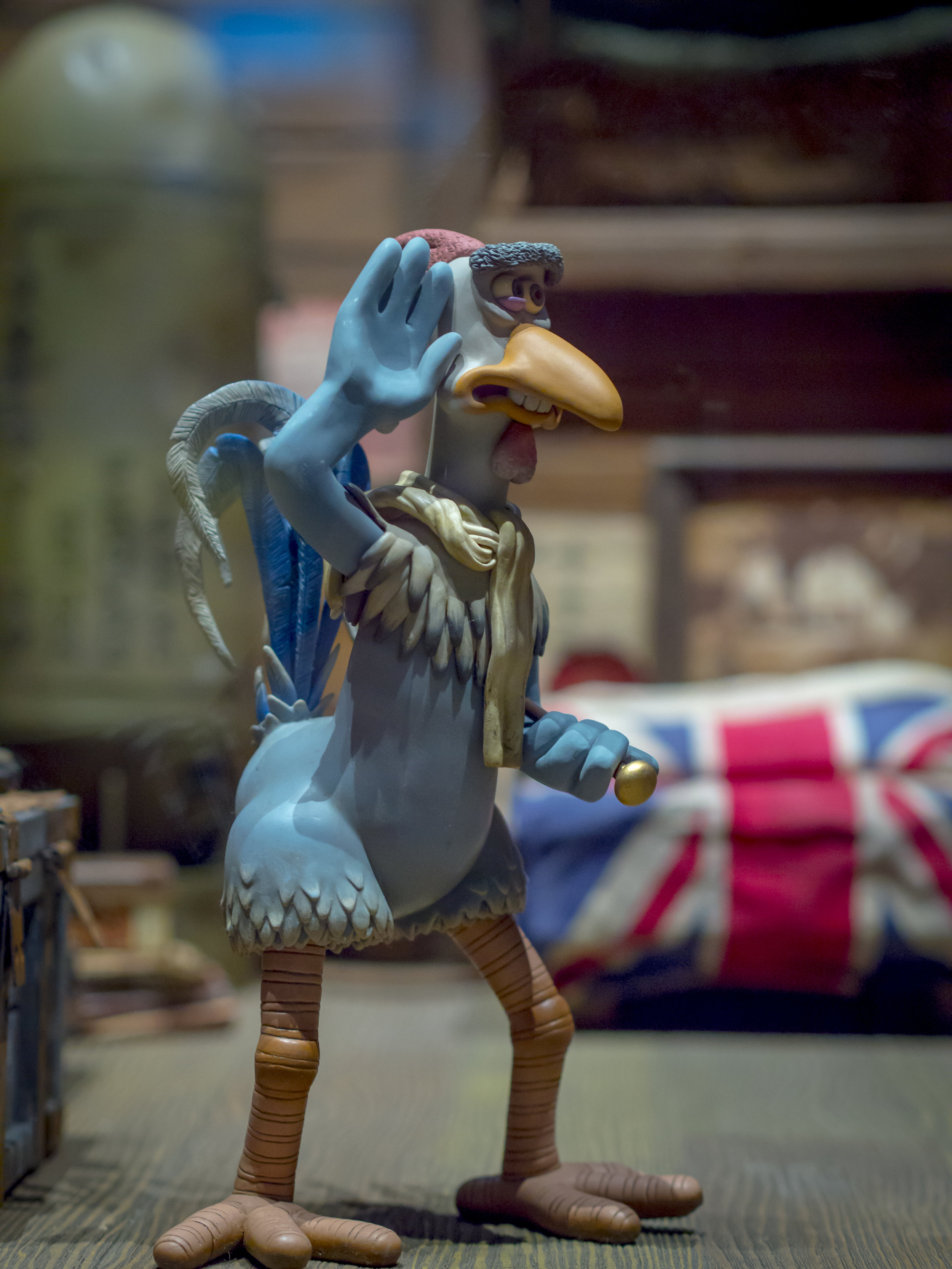One of the common criticisms of M43 is the formats in ability to produce really shallow and dreamy Bokeh or the common interpretation of what shallow depth of field (DOF) is.
If the designers of photographic gear were to start from scratch (as the consortium responsible for Four Thirds and then M43 basically did), ignoring their legacy of 35mm film format (itself a format born of convenience only), then their choices are many. None are perfect, all have strengths and weaknesses.
The right amount of DOF is subjective. Many modern portraitists are interested in very shallow DOF as a modern fashion and strong creative tool.
Like a lot of fashions, this is in direct opposition to past techniques in the same field. Many early photographers, right up to the 2000’s regularly cursed shallow DOF limitations forced on them by slow films, cumbersome lighting rigs, mediocre fast lens performance and far too finicky focussing requirements (and sometimes the needs of even larger formats). Many top portraitist would call f8 dangerously shallow DOF!
Personally, I more often than not struggle to get the required DOF in many of my images, even with the perceived benefit of extra DOF when using M43. What I do appreciate, is the usability of all of the apertures available to me. Even with M43, I prefer f2.8 to a wider aperture.
All images EM5 mk1.
Taken from fairly close distance of a 12” figure with the 45mm at f2.5 (f5.6 or so on a full frame). For me this is the ideal amount of DOF in this image. The subject is separated from it’s background, all of the subject is sharp, against solid but still coherent blur. There is enough information to tell the story. Even though I had to open the lens up to combat the poor lighting, it did not force me to go into a compromisingly shallow DOF zone.
The same lens again at about f2.2 (f4.5 ish on FF). If the DOF was shallower, the subject would be beautifully separated from a more strongly blurred background, but the important situational details would be completely lost (although the distracting tonal merge of the lamp may be reduced, Doh!).
The new Olympus (and older Panasonic Leica) f1.2 lenses offer comparable DOF to f1.8 lenses in the same effective full frame focal lengths, so are still usable for more than semi-gimmicky super shallow “Bokeh monster” ff 1.2 lens and can therefore be used at their maximum apertures on a more regular basis. Olympus has even gone to great lengths to make the background even more cohesive and inclusive by furthering their practical application of “feathered” Bokeh.
My longest, strongest Bokeh machine without resorting to close focus, the 75mm f1.8 at f2. The duality of the composition is retained, but two clear planes of focus fully established. Would more blurring benefit the image, or maybe less?
The 45mm again at f2, telling a story in layers, not just the planes of in/out of focus.
Even using a wide angle lens on the format you can come unstuck. This is the 17mm at f2.8. Due to the relatively close distance, it is impossible to get all of the main subject sharp even with the wide lens and format bonus, but possibly more beneficially the full scene is still conveyed.
The 17mm at f2.8 again. Notice the lamp is not fully sharp.
Shooting with the 17mm wide open at f1.8 in low light. The transition is natural and forgiving. The full frame benefit of better high ISO performance allowing for a smaller aperture would make the difference irrelevant, but the temptation of a wider aperture may ruin the naturalness of the image, making the process more obvious.
On the flip-side, even the M43 advantage can sometimes not help enough. My 300mm f6.7 slow zoom regularly surprises me with how little error room I have.
This is my 75-300 at 300mm “wide open” at f6.7 (that is almost f16 on a full frame!). I still missed perfect focus of the eye for heaven sake.
Would I like the DOF of a full frame again after using m43?
No, not really. Actually, no thanks.
For portraits, I prefer a more gentle transition than the fashionable fast drop off look. personally, I find smoother and slower transition far less distracting and limiting than faster DOF drop off. It seems that most of the portrait images I grew up appreciating had more DOF than I realised. We associate f1.8 on a portrait focal length with good portrait technique, when many working pro’s would seldom use a wider aperture than f4.
The wide aperture style also tends to create flatter looking images and to further increase Bokeh, subject to background distances are often increased, reducing environmental connection. Often the most moving images of people I have witnessed included more than a little situational context. Lack of context equals lack of story, equals a subject without support or connection. Far too many portraits (for my tastes anyway) have become head shots with pleasantly blurred but irrelevant back drops.
For landscapes, there is no practical difference in the field. My f11 is the full framers f22, but that allows me shorter shutter speeds at identical ISO settings.
I can even resist the lure of super fast lenses, although I would like a little more speed at longer focal lengths (a 200 f2.8 maybe?) and I do miss my 40-150 Pro a little bit sometimes.
In low light, I have no fear of using the widest apertures available to me. This gives me a 2 stop (shutter speed/ISO) DOF advantage over the full frame user (who has other high ISO advantages), often evening out the equation, except a M43 lens is effectively twice as long.
Add to the above, the accuracy of mirrorless focus and the seemingly effortless wide open quality of M43 lenses and the DOF advantage of full frame cameras can seem less enticing.







